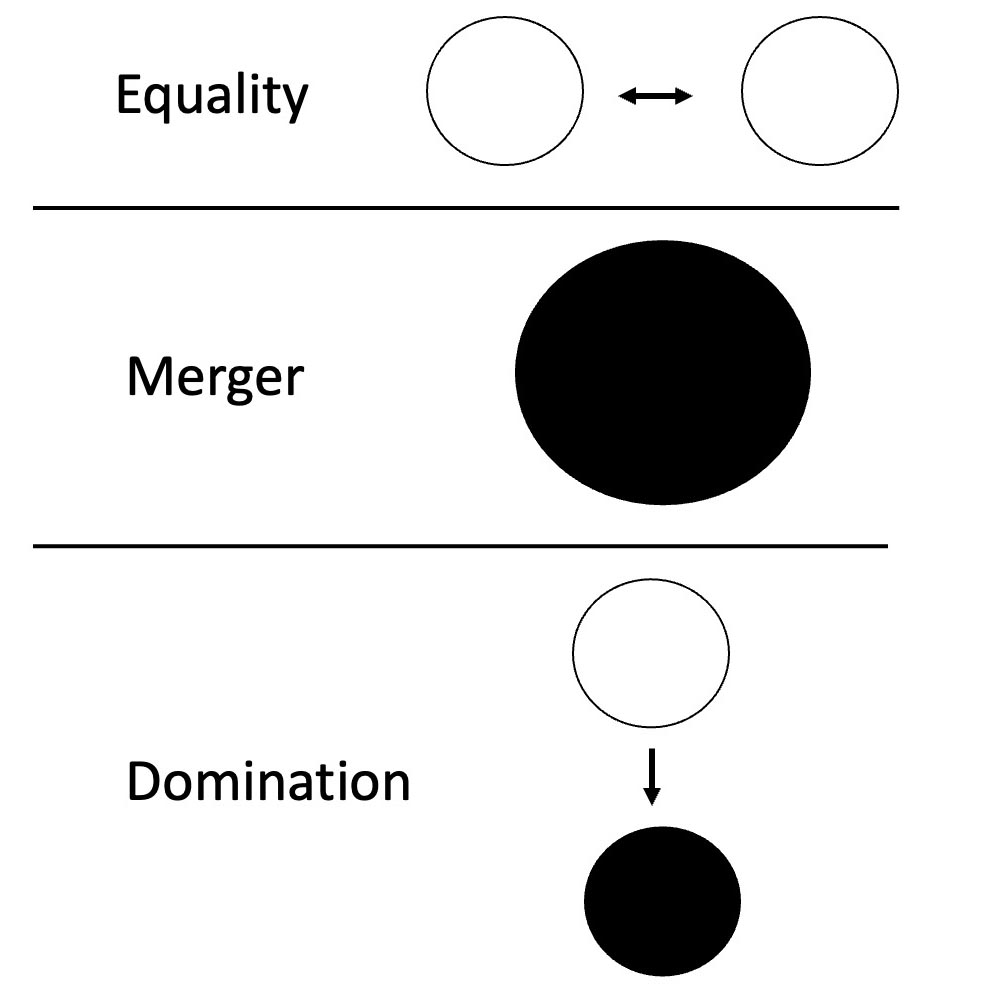The social science literature is full of claims about the differences between men and women, blacks and whites, rich and poor, and so on. But how can we also examine similarities? This post offers a method.
Men vs. women. Blacks vs. whites. Rich vs. poor. Muslim vs. Christian. We hear a lot, in the social sciences and in the popular media, about how different various groups of people are in their preferences, traits, or behaviors. The finding of a “difference” based on empirical research is considered interesting and publishable! But it also, alas, often leads to much misunderstanding, and even invidious stereotyping.
This is because differences get a lot more attention than similarities. Because similarities are rarely reported on, we have a tendency to slide into thinking that differences are much larger than they actually are. It’s an easy slide from categorizing people under some labels—for example, drawing on people’s self-identification as “a woman,” “a man,” “white,” or “a person of color”—to thinking that traits and behaviors divide easily into the same categories. Continue reading “Index of Similarity (IS): A Tool for Breaking Down Stereotypes”





 In their article “
In their article “
